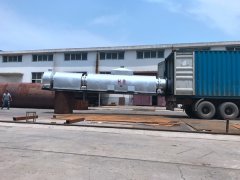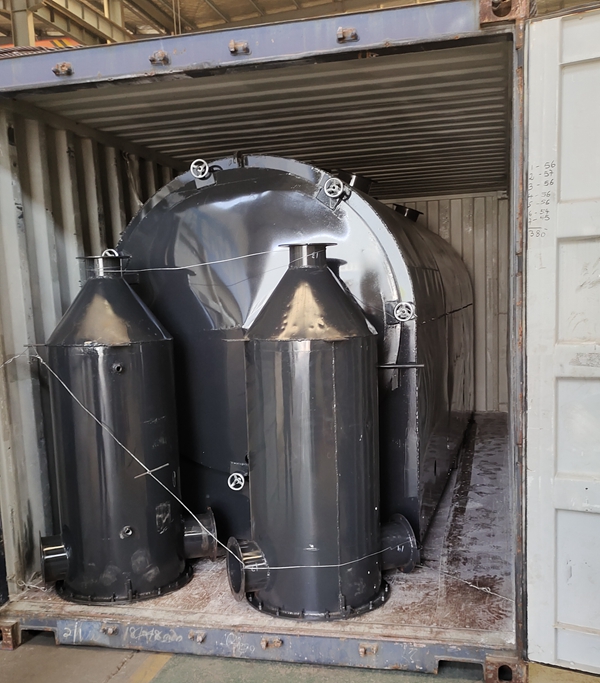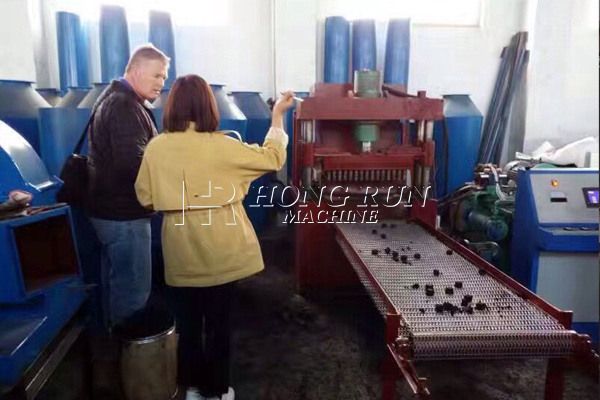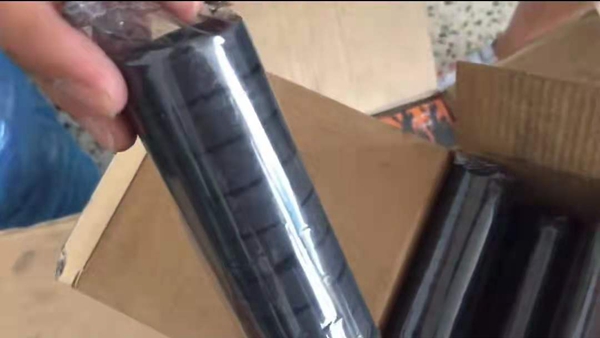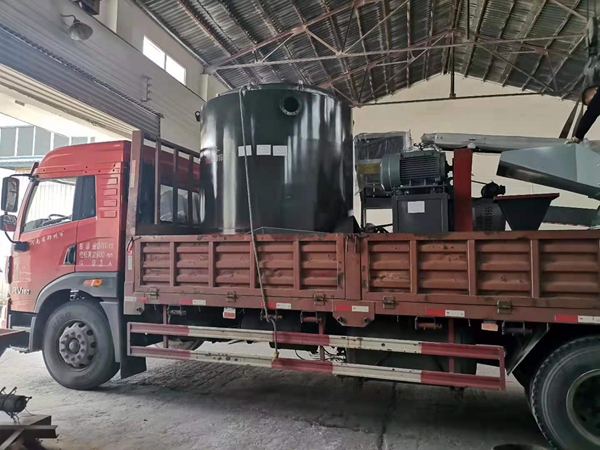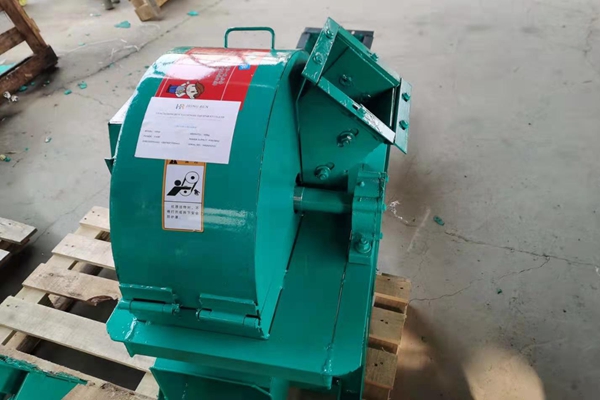Brief introduction to the establishment of a biochar processing plant
Biochar generally refers to biomass materials (such as wood chips, crop straw, animal carcasses and faeces, sludge, leaves, etc.) in a completely hypoxic or partially anoxic environment, and at certain temperature conditions (usually temperature control) A solid matter containing a carbon element produced by pyrolysis at a temperature below 700 C.
Biochar is a new type of versatile material that can be used not only as an energy source, but also as a reducing substance. It can also be used as a fertilizer slow-release carrier, a carbon dioxide sequestering agent and a soil conditioner for agricultural use. The use of biochar for agricultural use not only makes the soil fertile, but also enhances the self-degradation function of the soil environment and increases the yield of crops. The use of biochar can also improve the efficiency of fertilizer utilization.
Biochar is not only rich in carbon, but also rich in nitrogen, phosphorus, calcium, potassium and magnesium, and these nutrients are also the nutrients needed to grow plants. Biochar has varying levels of its elements as its pyrolysis temperature increases.
Biochar has a certain amount of alkaline substances and is therefore generally alkaline. The reason is that because the plant absorbs nutrients, the body contains a certain amount of metal cations such as magnesium, calcium and potassium, and in order to maintain the charge balance in the plant, the plant will accumulate a certain amount of bases in the body during growth and development, due to These bases will be concentrated after pyrolysis at high temperature, and thus the alkalinity of the biochar will gradually increase as the cracking temperature increases.
Effect of biochar on soil physical and chemical properties
(1) Soil pH
Soil pH has a serious impact on soil fertility and plant growth, and it is one of the important indicators reflecting soil properties. Since the ash of biochar is rich in salt-based ions such as sodium, potassium, magnesium, calcium, etc., if it is used as a soil conditioner and applied to the soil, it can reduce the level of soil hydrogen ions and exchangeable aluminum ions, thereby Significantly increase the pH of the soil. Due to the high ash content in the biochar produced by high temperature pyrolysis, the acid volatiles are less and the pH value is higher. Therefore, in the improvement of acidified soil, the biochar produced at high temperature has better effect than the biochar produced at low temperature. .
(2) Soil organic carbon
Soil organic carbon consists of different stable components, which can be divided into active and inert organic carbon pools. Adding biomass carbon can affect both the soil inert carbon and carbon pools and the active organic carbon pool. The addition of biochar can significantly increase the half-life of soil organic carbon.
(3) Soil moisture
Organic matter content, texture and structure have a great influence on soil water retention capacity. The use of biochar in the soil can change the degree of soil agglomeration and porosity, thus changing the water retention capacity of the soil. The relative change of the specific surface area of the soil determines the strength of the soil water retention capacity.
Second, the mechanism carbon processing plant
Corn stalks and corn cobs are used as the main raw materials. After pulverization, they are dried in a drying oven to form standard raw materials with appropriate dry humidity. After cooling, they are put into a molding machine (bar-making machine), and then formed into a salary bar after high temperature and high-pressure plasticization. Semi-finished products), charcoalized by a carbonization furnace (a variety of carbonization furnaces, generally brick kiln).
Mechanism carbon advantages:
1. Environmental protection: Do not cut down trees, use bamboo and wood products waste production, turn waste into treasure. The production of ordinary charcoal requires cutting down trees and destroying the ecological environment.
2. High energy: fixed carbon content of about 80%, calorific value of 7500-8000kcal / kg, while charcoal fixed carbon content is low, calorific value of about 6500kcal / kg.
3. Clean and hygienic: smokeless, charcoal-free, burning without sparks, the residual ash naturally falls during the burning, does not float up, ash or 3% or so burns after burning, less ash, flammable.
4. The shape is regular, the structure is reasonable, and the use is convenient: there is a uniform length and size, hollow or solid structure, which is favorable for burning and use.
5. The water content is low, within 5%: ordinary charcoal has a large water content.
6. The product contains no chemicals, no toxicity, no odor, no pollution, and long burning time.
The above is a brief description of the biochar plant. If you need more information, please contact us.

